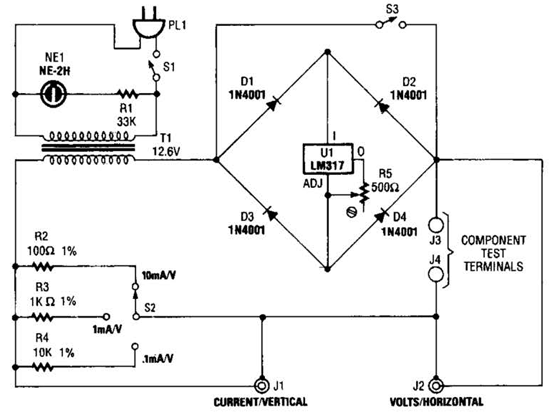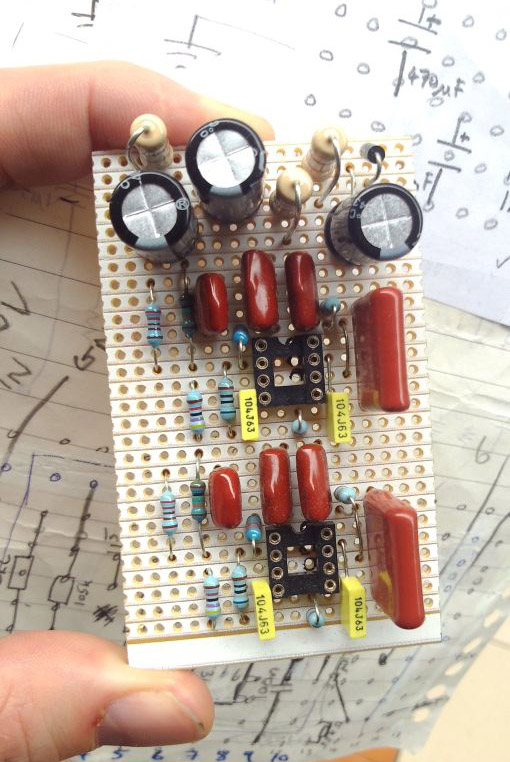LEDs IN SERIES PARALLEL
LEDs IN SERIES
LEDs can be placed in series providing some features are taken into account. The main item to include is a current-limiting resistor.
A LED and resistor is called a string. A string can have 1, 2, 3 or more LEDs.
Three things must be observed:
1. MAXIMUM CURRENT through each string = 25mA.
2. The CHARACTERISTIC VOLTAGE-DROP must be known so the correct number of LEDs are used in any string.
3. A DROPPER RESISTOR must be included for each string.
The following diagrams show examples of 1-string, 2-strings and 3-strings:
LEDs IN PARALLEL
LEDs CANNOT be placed in parallel - until you read this:
LEDs "generate" or "possess" or "create" a voltage across them called the CHARACTERISTIC VOLTAGE-DROP (when they are correctly placed in a circuit).
This voltage is generated by the type of crystal and is different for each colour as well as the "quality" of the LED (such as high-bright, ultra high-bright etc). This characteristic cannot be altered BUT it does change a very small amount from one LED to another in the same batch. And it does increase slightly as the current increases.
For instance, it will be different by as much as 0.2v for red LEDs and 0.4v for white LEDs from the same batch and will increase by as much as 0.5v when the current is increased from a minimum to maximum.
You can test 100 white LEDs @15mA and measure the CHARACTERISTIC VOLTAGE-DROP to see this range.
If you get 2 LEDs with identical CHARACTERISTIC VOLTAGE-DROP, and place them in parallel, they will each take the same current. This means 30mA through the current-limiting resistor will be divided into 15mA for each LED.
However if one LED has a higher CHARACTERISTIC VOLTAGE-DROP, it will take less current and the other LED will take considerably more. Thus you have no way to determine the "current-sharing" in a string of parallel LEDs. If you put 3 or more LEDs in parallel, one LED will start to take more current and will over-heat and you will get very-rapid LED failure. As one LED fails, the others will take more current and the rest of the LEDs will start to self-destruct. The reason why they take more current is this: the current-limit resistor will have been designed so that say 60mA will flow when 3 LEDs are in parallel. When one LED fails, the remaining LEDs will take 30mA each.
Thus LEDs in PARALLEL should be avoided.
Diagram A below shows two green LEDs in parallel. This will work provided the Characteristic Voltage Drop across each LED is the same.
In diagram B the Characteristic Voltage Drop is slightly different for the second LED and the first green LED will glow brighter.
In diagram C the three LEDs have different Characteristic Voltage Drops and the red LED will glow very bright while the other two LEDs will not illuminate. All the current will pass through the red LED and it will be damaged.
The reason why the red LED will glow very bright is this: It has the lowest Characteristic Voltage Drop and it will create a 1.7v for the three LEDs. The green and orange LEDs will not illuminate at this voltage and thus all the current from the dropper resistor will flow in the red LED and it will be destroyed.



Comments
Post a Comment